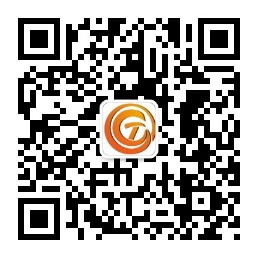锂电池的升压和降压、锂电池升降压方法
Date:March 30, 2022 Views:2681
1、锂电池升降压试验
首先,让锂电池通过降压芯片降到3.3V,然后给单片机与蓝牙模块供电,另打算升到7V去带一个负载。
结果:蓝牙模块不工作,且搜索不到。去掉蓝牙,单片机和负载均正常工作。当去掉单片机时,蓝牙与负载正常工作。不使用降压,单独给一组电源时,三者均正常工作。
2、锂电池升压与降压问题
下面来分析下以上问题的原因,找准锂池池升降压常见故障的问题所在,一起来学习下。
锂离子电池的单体电压有一定范围,比如磷酸铁锂电池的正常工作电压范围是2.5V-3.65V,锰酸锂以及三元电池的正常工作电压范围是3V-4.2V。
锂离子电池在应用中,当总电压在60V及以下时,需要电池保护板。60V以上时,需要用到电池管理系统(BMS)。这二个设备的作用得保护电池正常工作。
注意,在电池组的串数定下来后,不能随意调整电池组电压。即电池组的电压变化只能在正常工作电压范围内变化:充电时,从电压下限上升到电压上限。用电时,从电压上限下降到电压下限。
明白了这个问题,如果想让锂电池的升降压范围很大,可随意调节。
最好的解决方法:做好一组电池组,配一个合适逆变器,再配一个直流调压器,就可以满足锂电池的升压与降压要求。
说明:这种方法在实际应用中很少用到,除非所使用的交流电源经常停电,或用太阳能或风能给电池组充电时,才会考虑这种升压与降压的方法。
以上锂电池的升压与降压方法,可在试验时使用,用来研究学习效果不错。
免责声明: 本文章转自其它平台,并不代表本站观点及立场。若有侵权或异议,请联系我们删除。谢谢! |
- Prev:运算放大器的应用及种类介绍
- Next:模拟电压比较器的基本要点及使用方法:从电平检测到振荡器


